I have a recursive hierarchy of three kinds of object in a C# library. Let's call them Boxes, Nuts and Bolts. Boxes can contain other Boxes, or Nuts and Bolts. Nuts and Bolts obviously can't contain anything.
Let's assume each Box has ObservableCollections of Box, Nut, and Bolt. Each Nut and Bolt implements INotifyPropertyChanged.
Is there an accepted best practice for propagating notifications of changes to the observable collections, or property changes on any Nut or Bolt to an object which holds a reference to the topmost Box? Or any particular design patterns you would recommend?
EDIT: to give some background to this issue, I lead the Chemistry for Word project. You can see the component that display structures in real time on the left.  Now, believe it or not, this currently draws everything through data binding. Each of those molecule displays on the LHS is an ItemsControl. (And yes, I am using WPF with MVVM!) This has proven to have too many overheads and lack of flexibility for a long-term solution. So I have gone back to generating DrawingVisuals directly. This approach allows much more fine control.
The Boxes, Nuts and Bolts in my original example are Molecules, Atoms and Bonds. If any of these are added, removed or changed then the display has to know about it so it can update. As I have already implemented the interfaces and objects for data binding then I want to exploit the code I already have.
Now, believe it or not, this currently draws everything through data binding. Each of those molecule displays on the LHS is an ItemsControl. (And yes, I am using WPF with MVVM!) This has proven to have too many overheads and lack of flexibility for a long-term solution. So I have gone back to generating DrawingVisuals directly. This approach allows much more fine control.
The Boxes, Nuts and Bolts in my original example are Molecules, Atoms and Bonds. If any of these are added, removed or changed then the display has to know about it so it can update. As I have already implemented the interfaces and objects for data binding then I want to exploit the code I already have.